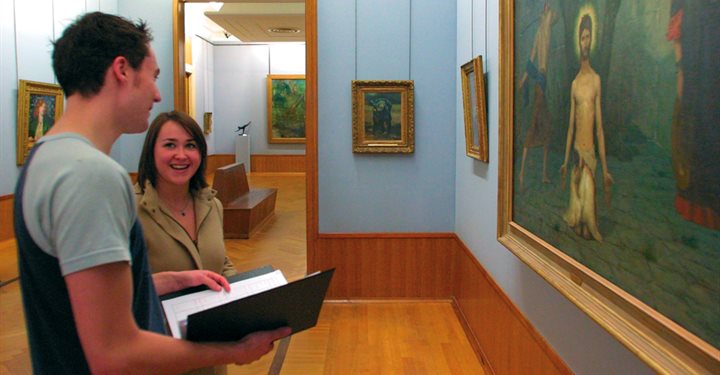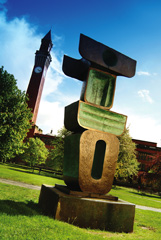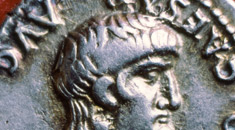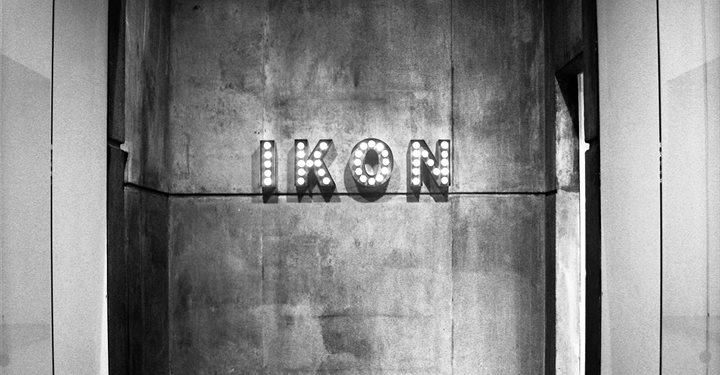Students at the Department of Art History, Curating and Visual Studies are able to draw on a rich array of facilities which make it one of the best resourced departments in the UK.

The main university library, one of the major UK research libraries, has a collection of some 2 million books and 3 million manuscripts, with access to 50,000 journal subscriptions and 270,000 ebooks. In addition, History of Art at Birmingham is supported by a wide range of more specific facilities and resources. These include:
The Barber Institute
The Barber Institute of Fine Art, where most History of Art teaching takes place, is one of the world’s finest small galleries, and also one of Birmingham’s finest purpose-built Art Deco buildings. The institute houses a world renowned collection of art. It contains works by artists such as Dürer, Giovanni Bellini, Veronese, Vigée LeBrun, Van Dyck, Poussin, Gainsborough, Monet, Degas, Gwen John, Picasso, Gauguin, Rodin, Käthe Kollwitz and Magritte. It stages regular exhibitions and concerts that provide students with a unique artistic and cultural facility. Students are also encouraged to become involved in Barber activities, which can provide them with invaluable practical experience of working in a major cultural institution.
Barber Institute refurbishment
The Barber Institute of Fine Arts is currently undergoing a two-phase £10 million improvement program which includes a temporary closure of the Lady Barber Gallery and select areas until June 2024 and, in Phase Two, a temporary closure of the Barber Institute's building from February 2025 until late autumn 2025, as we make essential repairs and upgrades to enhance your future experience.
Find out more
 University Research and Cultural Collections
University Research and Cultural Collections
The University of Birmingham also has a significant collection of works of art in its research and cultural collections. These include the Museum of the Institute of Archaeology and Antiquity, the Danford Collection of West African Art and Artefacts, as well as the Campus Collection of Fine Art, with work by, amongst others, Sir Eduardo Paolozzi, Peter Lanyon, John Walker, Barbara Hepworth, Jacob Epstein and Sir Antony Caro. It was recently bequeathed a collection of drawings by the émigré Austrian artist Hans Schwarz.
Fine Art Library
In addition to its world class collection of art works, the Barber Institute houses an exceptional Fine Art Library. This contains holdings of contemporary History of Art books and periodicals, as well as specialist collections of sales catalogues dating back to the early 18th century, and also significant collections of historic books and periodicals from the 19th and early 20th centuries.
Visual Resources Library
Alongside its collections of books and periodicals, the Barber also houses the Visual Resources Library of the Department. The Library’s main asset is Diaphanous, a searchable on-line catalogue of high resolution digital images, accessible to students and staff via the intranet. This is supplemented by the Barber’s collection of historical photographs of architecture and works of art, and also the Visual Resources Library Slide Collection, which holds more than 70.000 catalogued slides.
 Coins
Coins
The Barber Institute also houses one of the most significant collections of coins and seals in the UK. The first mass medium of the image, coins are a crucial component of visual culture, and the Barber Institute’s dedicated Coin Gallery complements its painting and sculpture galleries.
The City
Birmingham Museum and Art Gallery is one of the finest art galleries in the country with exceptional holdings of Old Master, Pre-Raphaelite and modern paintings, drawings and prints. In addition Birmingham also contains the Ikon Gallery. Located near the city centre, the Ikon is one of the UK's premier venues for contemporary art. The Department has a long history of collaboration with both galleries, including joint research projects and supervision of doctoral students.
Alongside the collections of the University, these provide easily accessible artistic and cultural resources of international significance.
The city's central location on road and rail networks allows easy access to important libraries and art collections elsewhere in the West Midlands, including the Library of Birmingham, Europe's largest public library, the New Art Gallery in Walsall, and Wolverhampton Art Gallery.
